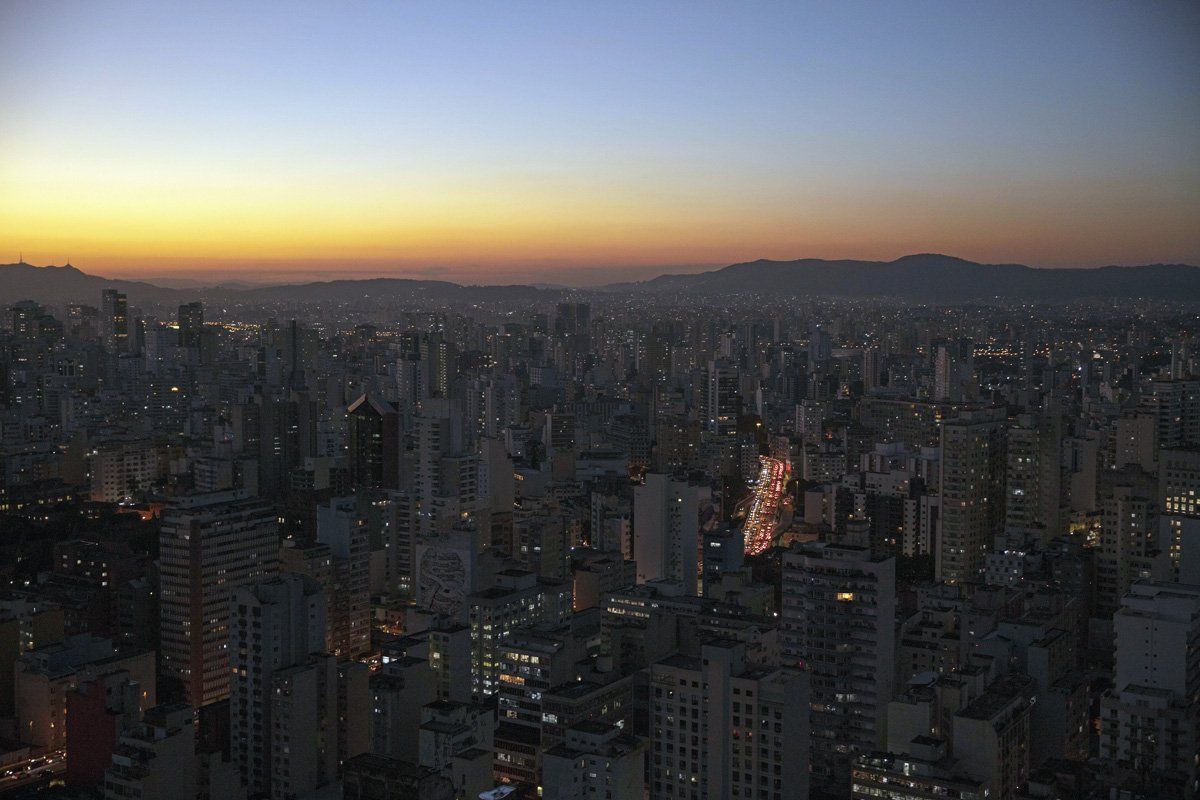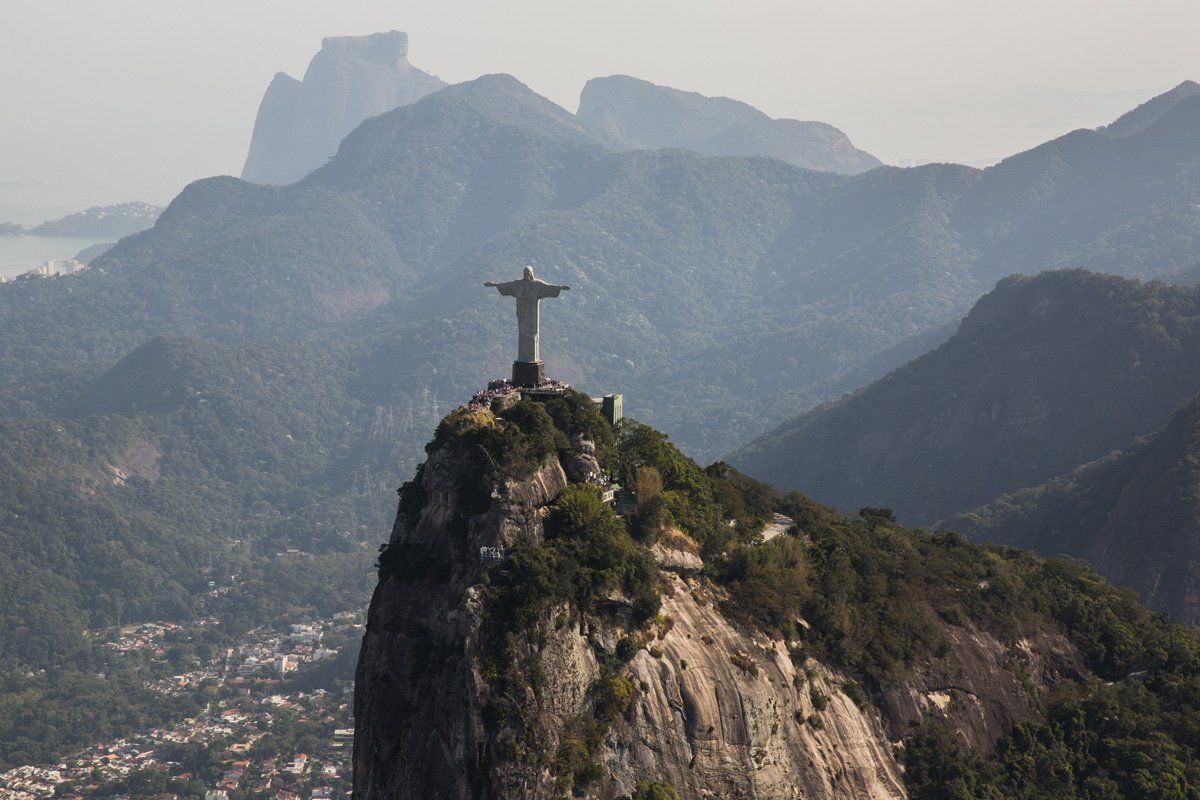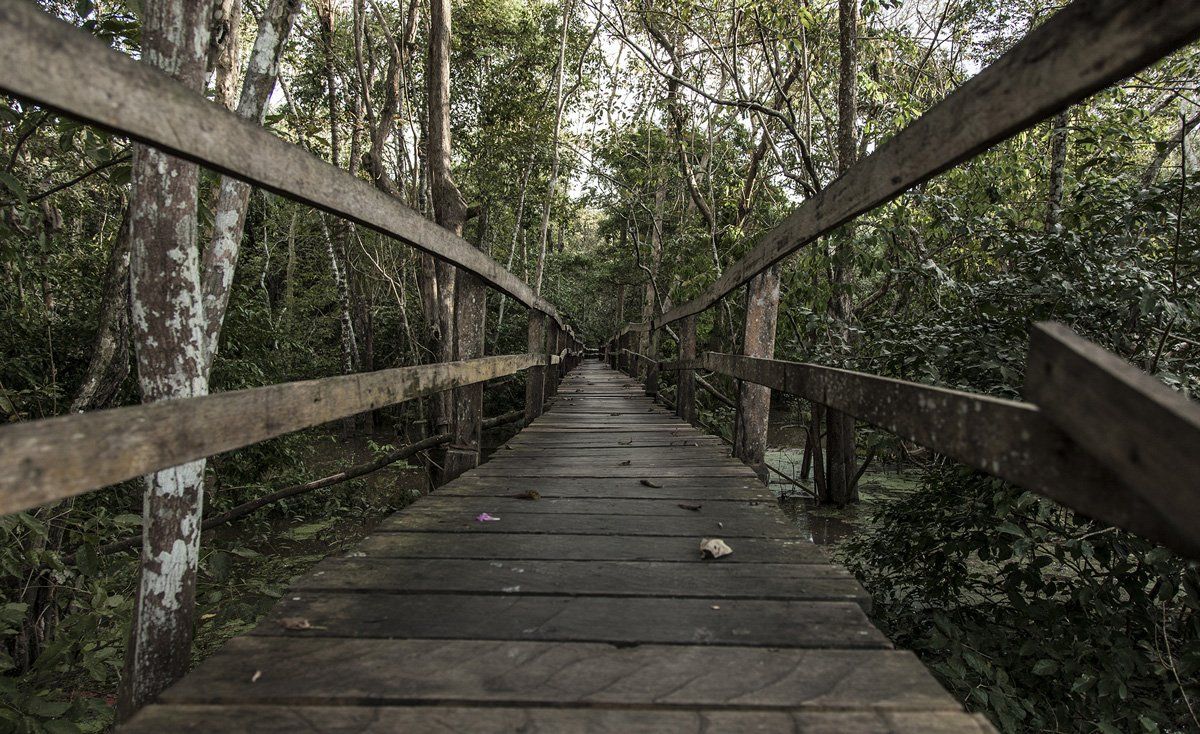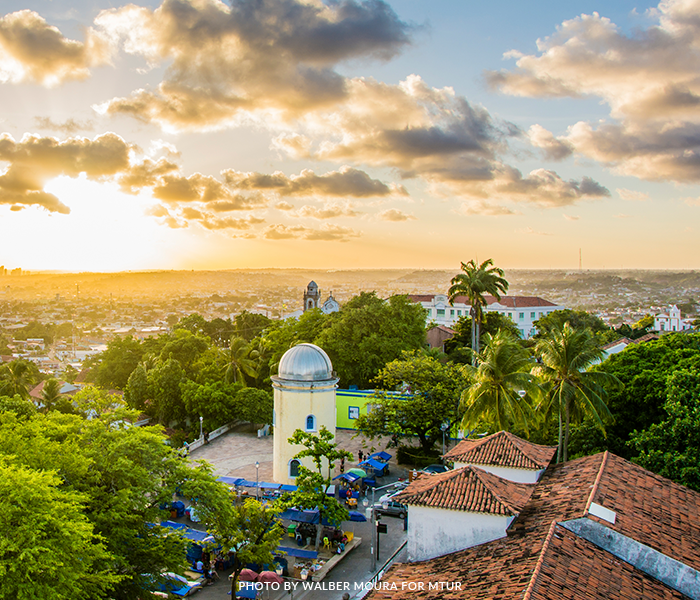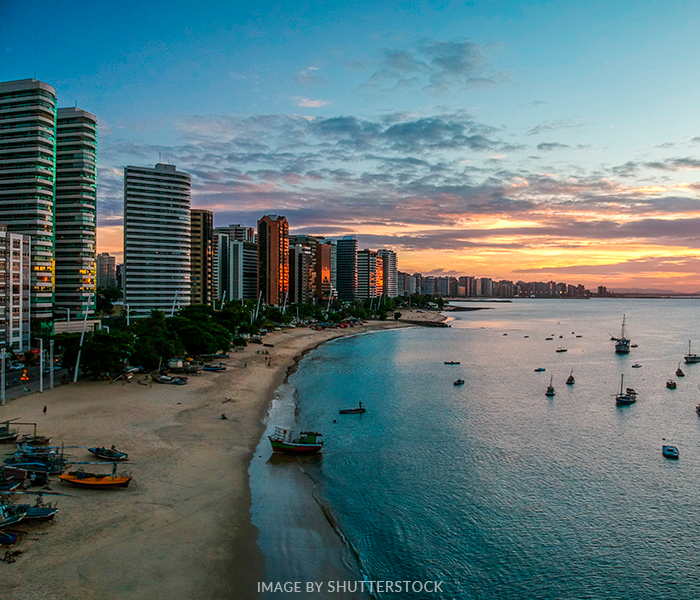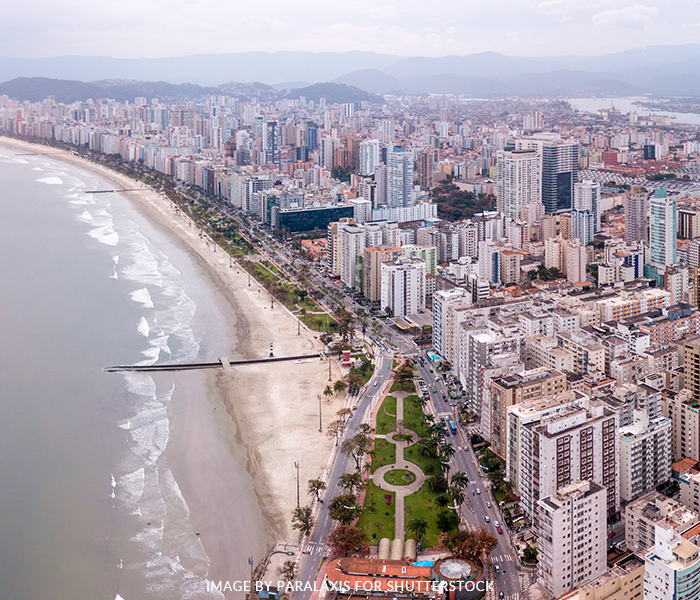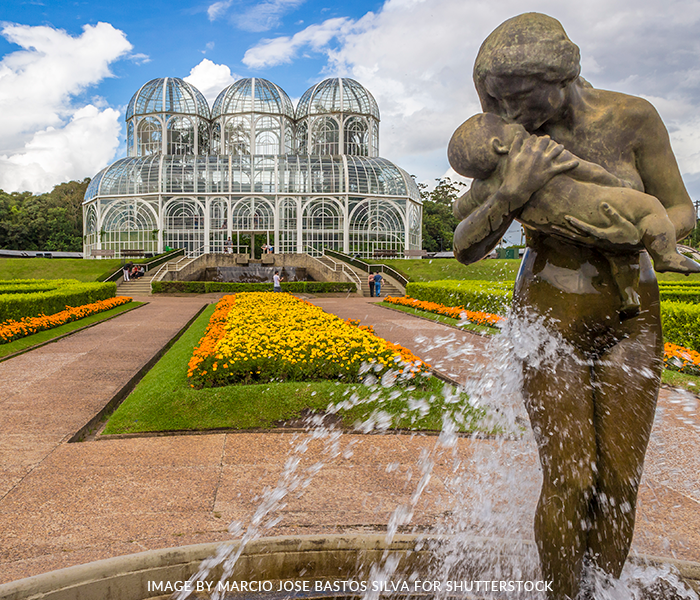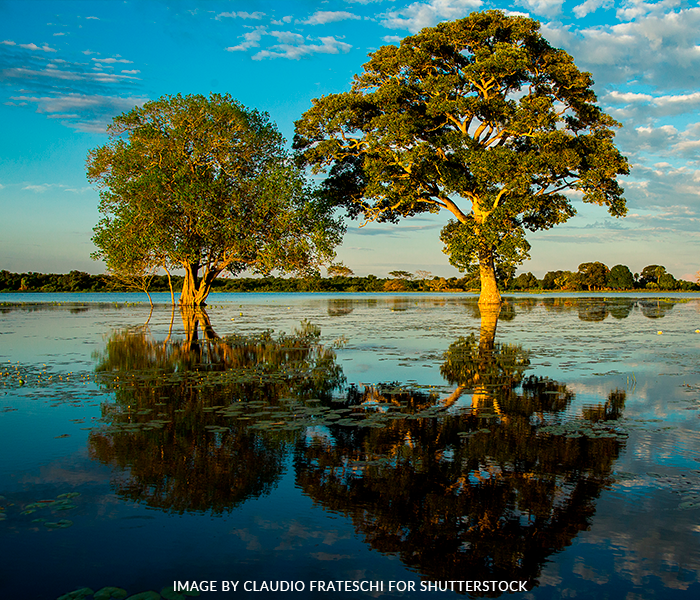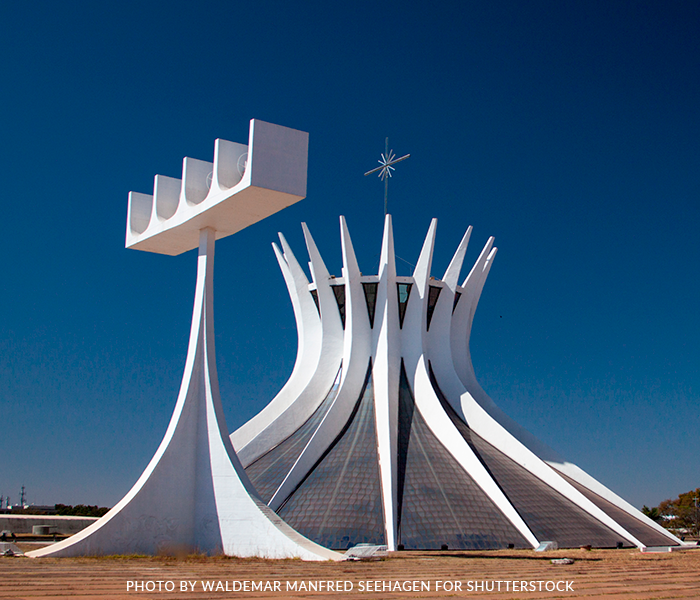Filming in Brasília
The utopian city of the future is already here and it’s the capital of Brazil.

Discover Brasília, Brazil's planned city built from scratch in just four years by the country's most renowned architect, Oscar Niemeyer, where every corner, street and building were carefully planned to create one of the most futuristic and progressive urban spaces of the 20th century.
Brasília, the city of the future, was built in just four years. The purpose of its rapid construction was to transfer the country's capital from Rio de Janeiro to a more central region — the Federal District, located in the Central-West region — so that it could connect different parts of the country.
While the plan dates from the 19th century, it was only initiated in the 1950s by Brazilian president Juscelino Kubitchek, whose motto was "50 years in five" as a part of his national modernization project.
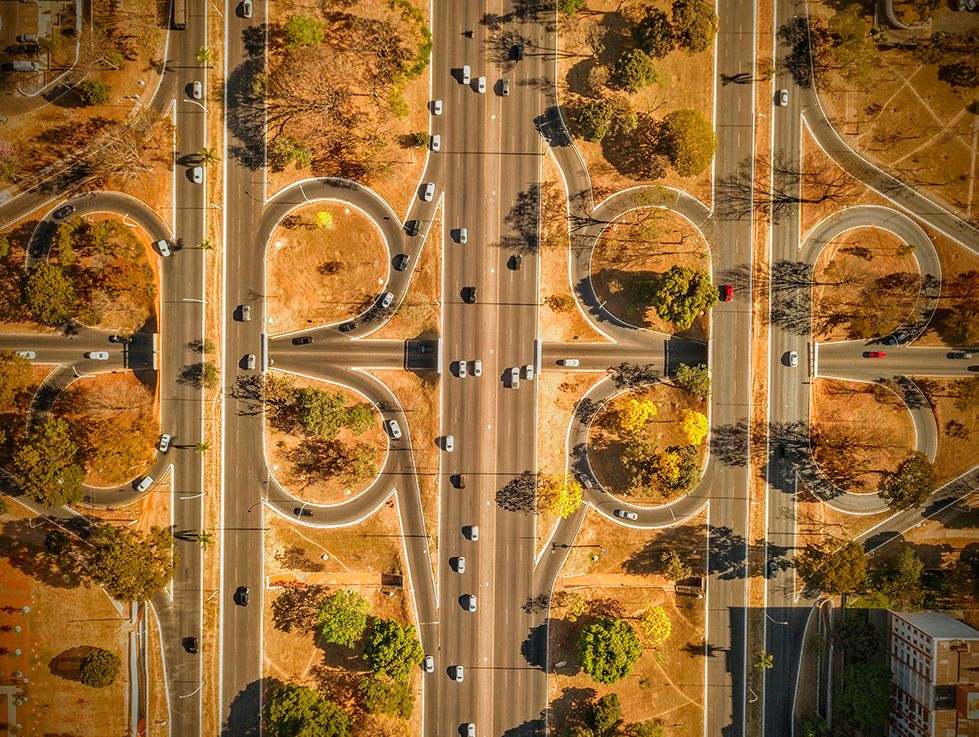
Photo by 061 Filmes for Shutterstock
The construction of Brasília started in 1956 and finished in 1960. Since its opening, the capital has served as an architectural example of an extremely well-planned urban layout, inspiring city planning worldwide.
However, not everything that shines is gold... In contrast to its engineered beauty, the costs for creating the Brazilian utopia were far greater than expected, plunging the country into an inflationary crisis, and, for many scholars and critics of the accelerated ultra modernization of the time, this corroborated with the implementation of the military coup in 1964, which established the dictatorship in Brazil for more than 30 years.
The artificial transfer of thousands of people from their hometowns to a new metropolis is another debate that draws the attention of researchers, little explored in audiovisual productions about Brasília. In addition to that, one can’t ignore the large number of inhabitants in a city that was not made for pedestrians, but for cars — a topic that is worth being talked about and that causes disruption in the urban life on some occasions.
For the last ten years, Brazil has been through some trying moments in national politics, and Brasília has been the stage for these events for one simple reason: all branches of Brazil's federal government are located in the city. These political spaces are, for the most part, open to the public and hold a limit of up to 30,000 people, with a wide open area that allows passage through the most important government buildings in the country, so that all Brazilian citizens and foreign visitors can get to know up close the political environment of one of the largest democracies in the world. Unfortunately, during the first week of 2023, supporters of former president Jair Bolsonaro invaded one of these areas, the Palacio do Planalto, which houses the presidential offices, due to dissatisfaction with the election results — similar to what happened in 2021 at the US Capitol Building.
Several documentaries, series and films have passed through Brasília in recent years. The city's audiovisual production has increased, with a focus on the creation of works with political, social or structural themes, such as
Brasília: Life After Design by Bart Simpson, and 2020 Oscar nominee
The Edge of Democracy by Petra Costa. The biographical film
We Are So Young by Antonio Carlos da Fontoura was inspired by the story of the Brazilian rock band Legião Urbana, which was formed in Brasília, and
The Last Drive-In Theater, a dramedy film shot in the Brazilian capital was directed by the famous Iberê Carvalho, who was born and raised in Brasília.
Why film in Brasília?
Here are 5 reasons to film in Brasília and how Story Productions can help you during this process:
01 A cultural heritage of humanity
Brasília is a definitive example of 20th century modernist urbanism. The capital was fully developed by one of the biggest names in Brazilian modernism architecture, Oscar Niemeyer, along with the urban designer of the Pilot Project (Plano Piloto), Lúcio Costa.
The project, created in the 1950s, envisaged an extremely organized city divided into two main axes, the Road Axis, running north-south, and the Monumental Axis, running east-west. This division created superblocks that “split” the city into four main areas: the seat of government area, the recreation/green space area, the living areas and the shopping/services area.
Brasília’s functionality and the way it was designed gained prestige worldwide, earning the title of City of Design in 2017 by UNESCO, in addition to being considered a World Heritage Site due to its innovative urban and artistic planning. Filming in a UNESCO-listed city? That’s the dream!
Surely a UNESCO protected status creates some restrictions. The Brasília Film Commission is the Federal District institution that provides support to audiovisual producers interested in filming in the entire state. The entity is responsible for issuing authorizations for the use of public spaces. These legal procedures can often be complicated, especially for those who are not fluent in the language, but that's what we're here for. Story Productions will take care of all documentation and requisitions, ensuring your film flows as smoothly as possible.
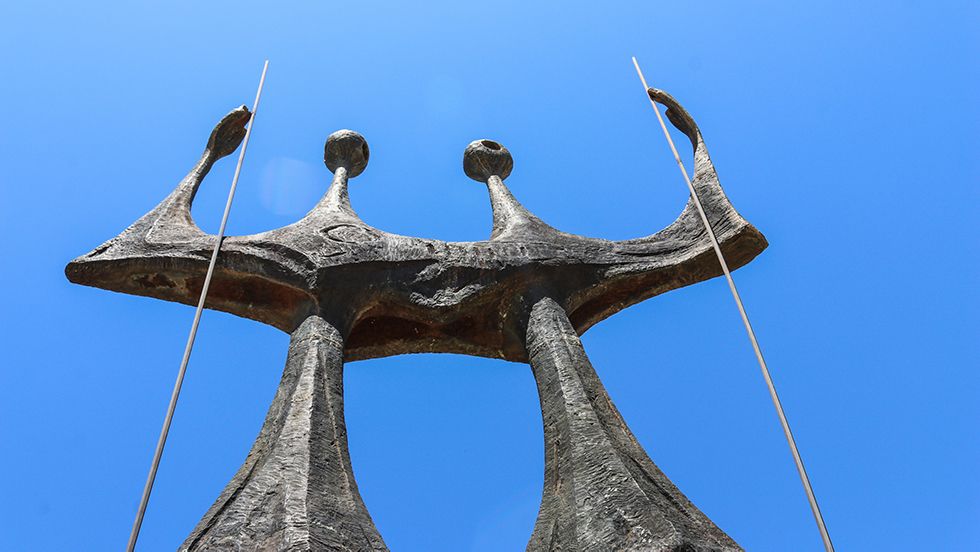
Photo by Renato Laky for Pixabay
02 The view up close and from afar
As mentioned above, Brasília is an extremely organized and unique city, created so that no one would get lost walking around its blocks. Actually, Brasília doesn't even have blocks! Due to its division into areas, its entire mapping is different, so much in fact that its view from above looks like an airplane.
From the moment you arrive, Brasília offers a unique view. The design of the city is renowned because of the axes, which merge to form the structure of an airplane or a cross when viewed from the sky. This makes the Brazilian capital even more attractive for audiovisual productions and drone footage, especially when you know all of the history behind the infamous shape.
The city addresses, however, can be a little tricky for newcomers: they all follow the airplane format. The well-organized city uses a system composed of abbreviations and numbers for example, CLS 308 means the South Local Commerce area, building number 308. It sounds strange, but
Story Productions knows the ins and outs or getting around the city.
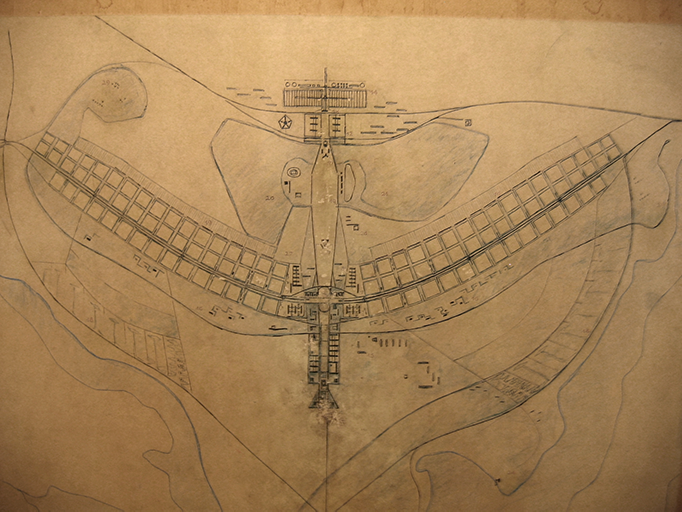
Image by Wikipedia
03 Where politics meets art
"Okay okay, these are all great practical reasons, but what would I film?" you might ask. Well, Brasília is one of the most-populous centers in Brazil, and despite having several attractive points such as parks and museums, the great content is at the political centers: specifically, in the architecture and history of these places.
The Square of Three Powers, for example. Its name comes from the presence of the three governmental powers around the plaza: the Executive, represented by the Palacio do Planalto (presidential office); the Legislative, represented by the National Congress; and the Judiciary, represented by the Supreme Federal Court. What is special about these places is that they were all meticulously created by Niemeyer, with a unique breathtaking structure, where each building is an example of his revolution in modern architecture. The Cathedral of Brasília, also one of Niemeyer's designs, is described as the place where "modernity and religion meet". Honoring the president responsible for creating the city is the Juscelino Kubitschek Bridge and the J.K. Memorial. The city also has many other notable structures with a lot of history to be uncovered, such as the Itamaraty Palace and the Dom Bosco Sanctuary.

Photo by ckturistando for Unsplash
04 The culture in the capital
As a venue for political events, music performances and movie festivals, Brasília is a cosmopolitan city. Its economic prosperity and preference for progressive design has influenced many cultural aspects of the city, such as restaurants with food from all around the world and tons of events throughout the year.
Due to its magnificent infrastructure, Brasília hosts several traditional Brazilian festivals, such as the “Festas Juninas” (June Festivals) on June 24, which celebrate the nativity of St. John the Baptist. Another great event is Independence Day on September 7, which usually takes place at the Esplanade of Ministries.
And it doesn't stop there! Brasília is home to the largest audiovisual festival in the country, the Festival of Brazilian Cinema, only lesser in size than the Brazilian Cinema Festival of Gramado in Rio Grande do Sul. The difference between the two is that Brasília's festival still preserves the tradition of only screening Brazilian movies.
Moreover, like other big cities in Brazil, Brasília has a large number of audiovisual production companies for equipment rental. There is no shortage of material! The big difference is in its availability. Because it is still considered a "niche" internationally, there is greater accessibility to high-end equipment, promoting more exclusivity for your film and giving you more options for capturing images.
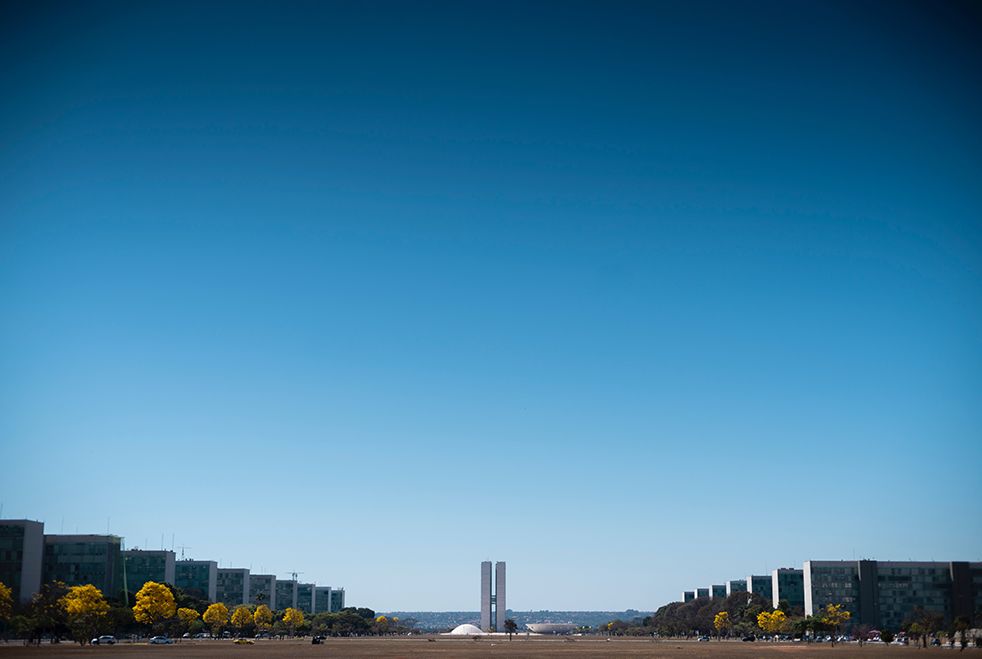
Photo by ckturistando for Unsplash
05 The city of connections
Brasília is an extremely linked city that is easy to get around. So much so that one of its main tourist attractions is its central avenue, The Monumental Axis.
Legend has it that it is the longest avenue in the world! Although this is not true, it makes sense that it was believed for so long, because it crosses the entire city, and along it you can see and film many important government buildings and monuments directly from your car window. A real “show on the road”!
Key facts about Brasília
Population: more than 4.8 million inhabitants
Elevation: 1,172 m (3,300 ft)
State: Federal District
Region: Central-West
Time zone: GMT -3
Climate: Tropical savanna
Average temperature: 21.4 °C (70.5 °F)
And speaking of connections, Brasília’s airport and highways connect to other parts of Brazil, facilitating access to locations such as São Paulo, Rio de Janeiro, Recife, Salvador, etc. In other words, it’s the perfect destination for any film producer. From Brasília, you can see the center of Brazil as well as have access to the great variety of locations that the country has to offer.
With so many highways and roads, it is clear that the city was made for the passage of cars much more than for pedestrians. But the people of Brasília overcame this, in the Brazilian way, by creating the so-called desire lines: paths formed (generally on the shortest or most convenient route) for pedestrians.
And, although the capital still does not have ideal routes for citizens who travel on foot, it knows how to respect its pedestrians more than any other big city in the country, receiving the national highlight for civility in traffic by the State Department of Transit (a.k.a. Detran). This factor is a great ally when filming and setting up sets, as it can ensure greater safety for the team and equipment as well, unlike other large cities, such as São Paulo or Rio de Janeiro.
Did you know?
Three random facts that you probably didn't already know about the Brasília:
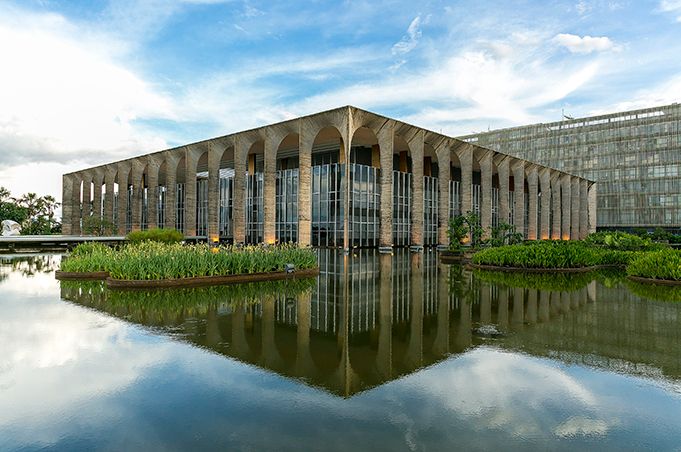
Photo by Diego Baravelli for Shuttersotck
It’s own law
Brasília is such a unique space that it even has its own statute! That's right, just like the famous capital of the USA (Washington, D.C.), the city has an administrative division distinct from a legal municipality; therefore, it has its own regulation.
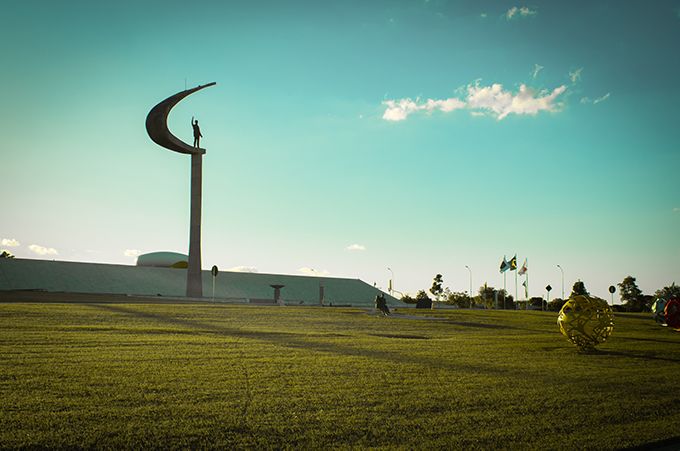
Photo by Claudio Frateschi for Shutterstock
Safety first
Unlike some parts of Brazil, Brasília has a good reputation when it comes to safety. Like every city, it has a few sketchy areas on the outskirts. Other than that, the capital is a very comfortable place to walk around with your camera crew.
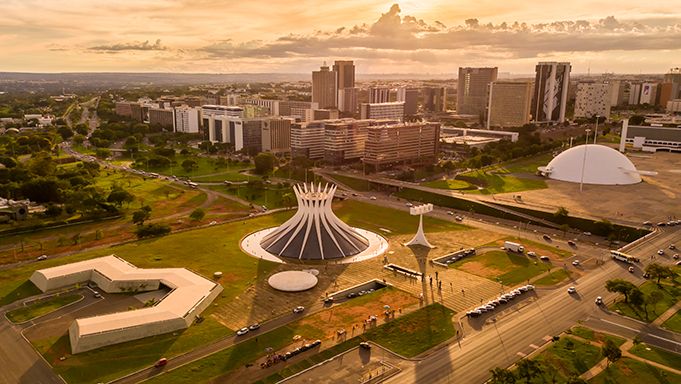
Photo by Luciano Malanski for Shutterstock
A great number of people
Brasília is the third-most populous city in Brazil and has the highest GDP per capita in Latin America.
Brasília is the ideal location for filming in Brazil right now, and Story Productions can help you with the entire process, from guiding your production along the safest route through the tricky streets of the city to providing equipment rental services and ensuring a quality crew.
Interested?
Get a quote.







